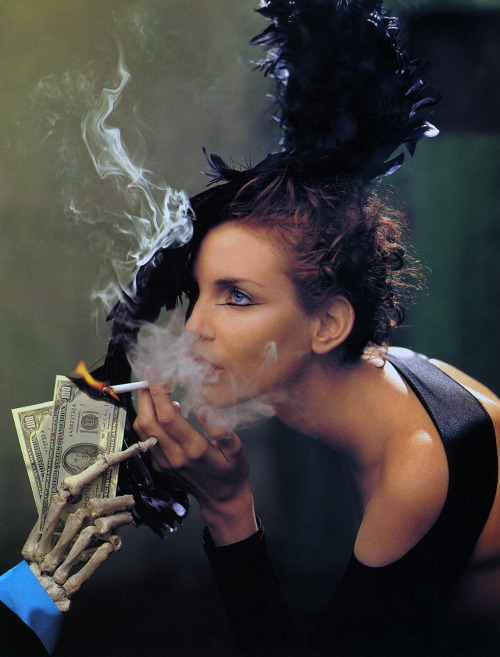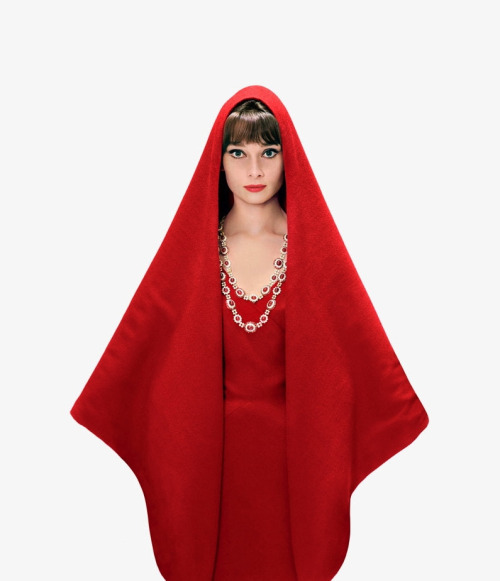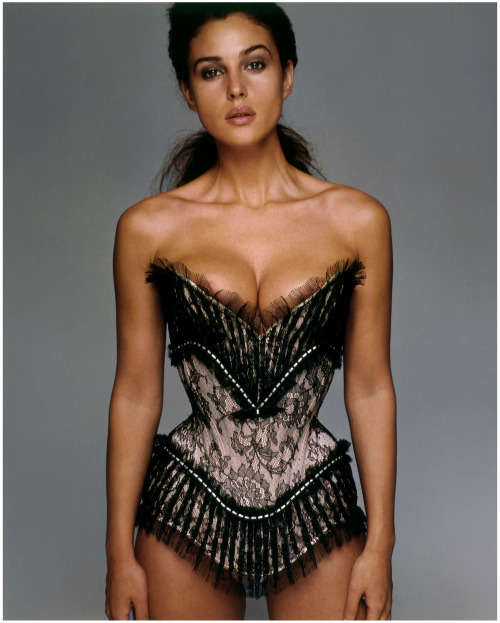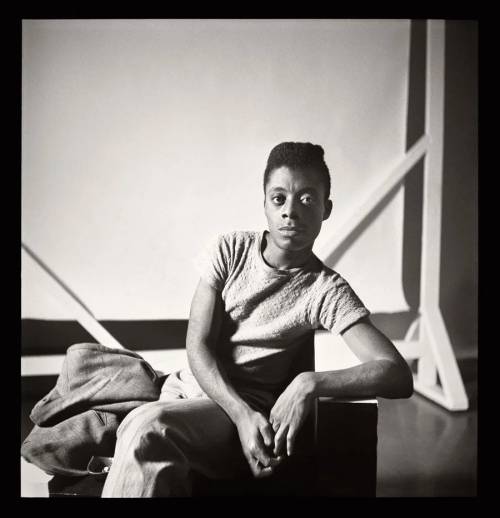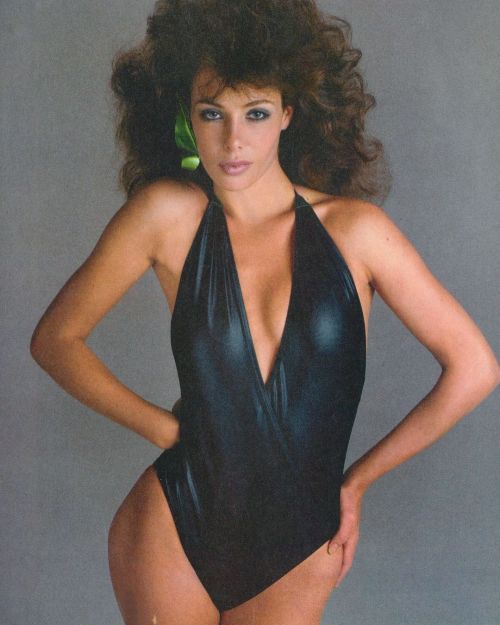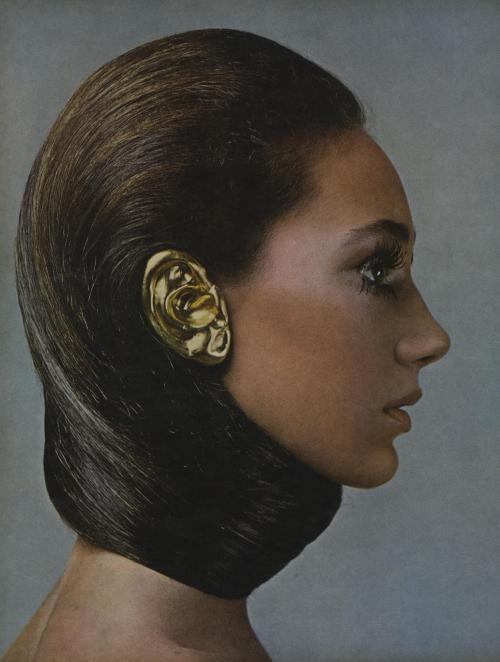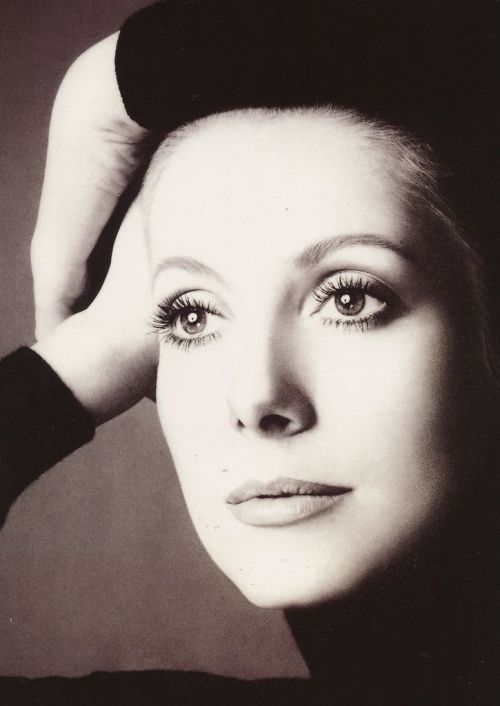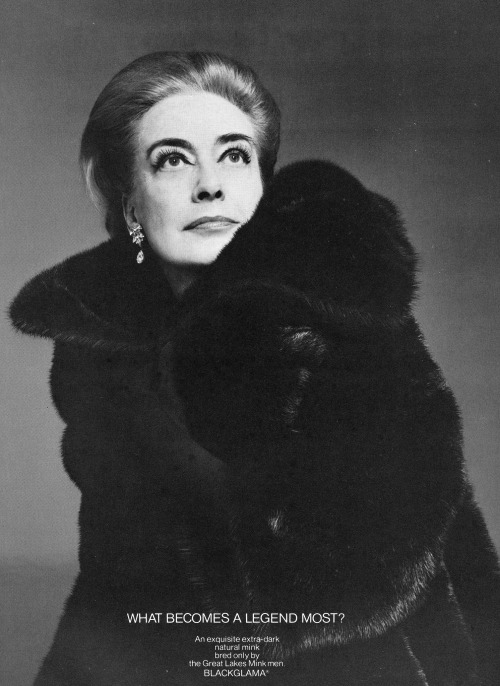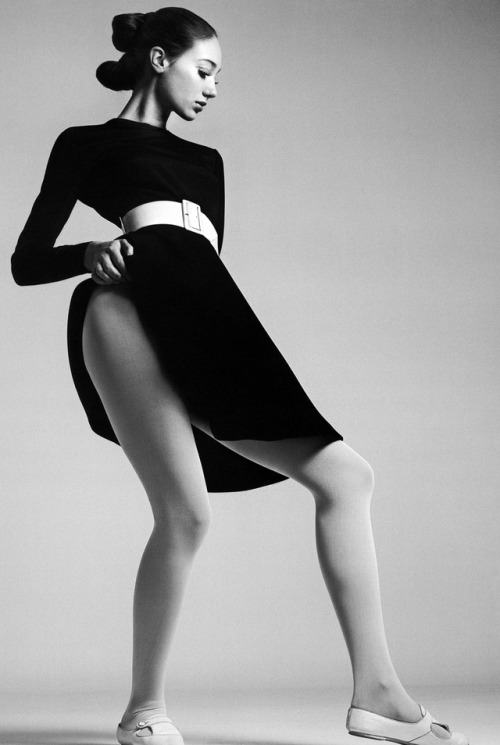#richard avedon
Richard Avedon Writer/Director Jean Renoir, Beverly Hills, California 1972
“To the question, ‘Is the cinema an art?’ my answer is, ‘what does it matter?’… You can make films or you can cultivate a garden. Both have as much claim to being called an art as a poem by Verlaine or a painting by Delacroix… Art is ‘making.’ The art of poetry is the art of making poetry. The art of love is the art of making love… My father never talked to me about art. He could not bear the word.” Jean Renoir
Post link
RememberingMarlon Brando on his birthday ❤️
“The only reason I’m in Hollywood is that I don’t have the moral courage to refuse the money.”
Photograph taken by Richard Avedon(1951)
Post link

Deborah Dixon for Hélene Curtis |William Helburn, 1960
In the Fifties and Sixties, William Helburn was one of America’s most prolific fashion photographers. But it would take decades before anyone wondered whether he might also have been one of the best.
Brooke Helburn remembers her father as “just the best dad - a great, full-time dad. He was basically everything you could want in a really awesome father.” Sometimes, for fun, he’d play the family show reels of his old commercials. “But for the most part,” Brooke reflects, “I think he was really glad to have his Connecticut life. He didn’t talk about the past a lot.”
He still doesn’t. And yet the past has caught up with William Helburn nonetheless. His name isn’t a familiar one - for reasons I’ll come on to. But, twenty-five years after his retirement, the first book on his work is being published. And with it, a chapter in the history of fashion photography may have to be revised.
Born on New York’s Upper East Side, Helburn took up photography after World War II. He and an Army buddy, Ted Croner, rented a cheap studio (“about the size of two bathrooms. And it STANK!”) near Central Park, and made their start doing test shots for aspiring models like Tippi Hedren and Grace Kelly. At nights, they studied with legendary Harper’s Bazaar art director Alexey Brodovitch, at whose New School classes (held round a table in Richard Avedon’s 57th Street studio, a few short blocks from Brodovitch’s offices) Helburn excelled. He was soon busy working for America’s top magazines (Bazaar,LIFE,Charm, Glamour,LOOK), part of an extraordinary generation of image-makers - amongst them Stanley Kubrick, Andy Warhol, Louis Faurer, Irving Penn and Diane Arbus.
But there was one key difference: Helburn did advertising. Most fashion photographers did, in fact: Avedon shot for Revlon and Vanity Fair underwear, and Penn for Jell-O and Haig & Haig whisky. Even the fastidious Cecil Beaton managed to photograph (discreet) campaigns for sanitary napkins. But Helburn made commercial work the mainstay of his career - and, as he cheerfully owns, “Even when I had the option, I always said no to having a credit line. That way no-one knew who’d taken the picture, so I could take more jobs, and make more money. And THAT was how I measured success.”
So while others struggled for their art, Helburn rode the tidal wave of postwar America’s boom years. He became part of a select group, alongside Howard Zieff and Art Kane, chosen to provide the visual punchline to Madison Avenue’s pioneering ad campaigns. And the photographs? Kept in his darkroom filing cabinets, they were simply thrown away whenever he needed more space. So what remains - in thirty plastic garbage bags which his eldest son, Will, retrieved from the basement of Helburn’s last studio - is only a partial archive. “For many years, I’ve bemoaned the fact that my father was pretty talented,” Will explains, “but because he was seen as ‘commercial’, he never pushed the ‘art’ button. And so, as different people crossed my path over the years, I’d always try to push his case.”
In 2009, Will’s path intersected with Lois and Robert Lilly, who set to work on piecing Helburn Senior’s story together. Rightly, the book they’ve produced is unapologetically image-driven, zooming in on four decades’ worth of famous faces: Jean Patchett, Carmen Dell’Orefice, Ali MacGraw, Jean Shrimpton, Lauren Hutton, Sharon Tate, Naomi Sims. Women would always be Helburn’s inspiration (and distraction): he married two Ford models in a row, had affairs with Elsa Martinelli and Dorian Leigh, and flirted with just about any other female that came within radius. English model Sandra Paul - now Sandra Howard - remembers him well; “I worked a lot with Bill - he was always, always Bill, never William! It was always fun, and he certainly wasn’t reserved!! But he was always very clear about the story he was telling, too. And he was a serious pro - you knew that he was ALWAYS going to take a glorious photo.”
Recent years have seen resurrection after resurrection for the photographers of America’s midcentury - from Faurer to Bassman to Leiter, and most notably in the cottage industry that’s bloomed around the ghost of Vivian Maier. Helburn and Maier couldn’t be further apart; where she worked invisibly, he was a larger-than-life mainstay of Manhattan’s gossip columns, throwing star-studded parties at his Park Avenue studio and racing Ferraris with a spectacular lack of success. And where Maier documented the America that she saw from the shadows, Helburn invented a New World wonderland that was brighter, more whimsical and more surreally witty than any reality could ever have been.
The images are powerfully of their time - but when that moment was over, Bill Helburn simply moved on. “I think nostalgia implies a certain sadness”, Helburn’s youngest son, Hardy, expands, “but Dad’s always just been very excited to reminisce about his work - the places he got to travel to, the people he got to meet. He’s excited about the book - but I don’t think he ever felt like it HAD to happen. He got everything he needed from each picture as he took it. This is just the icing on the cake.”
And despite this second turn in the limelight, Helburn’s not interested in self-mythology. He’s honest to a fault; “Look, I tried to copy Avedon as much as I could. He was always the master. But I kept getting it wrong, and maybe somewhere along the way I became me. Avedon was the master of posing, and Penn was extraordinary at lighting - and me, I guess I was ideas.”
So what does he think of the ideas in fashion photography today? Helburn shakes with laughter; just a regular Connecticut dad again. “I haven’t looked at a fashion magazine in a LOOOONG time.”

Paul Newman & Joanne Woodward, Town & Country | William Helburn, 1955
Written for The Observer
Penelope Tree, photo by Richard Avedon. She was first spotted, age 17, in 1966 at Truman Capote’s legendary Black and White Ball. The following day she had already been commissioned by American Vogue to be in a shoot with mega photographer Richard Avedon. Diana Vreeland Cecil Beaton and Avedon all take credit for discovering her.
Post link

Audrey photographed by Richard Avedon for publicity of Funny Face, Paris 1956.

Marilyn Monroe as Marlene Dietrich by Richard Avedon for Life Magazine, 1958




Marilyn Monroe as Jean Harlow by Richard Avedon for Life Magazine, 1958

Marilyn Monroe as Clara Bow by Richard Avedon for Life Magazine, 1958




Marilyn Monroe as Theda Bara by Richard Avedon for Life Magazine, 1958


